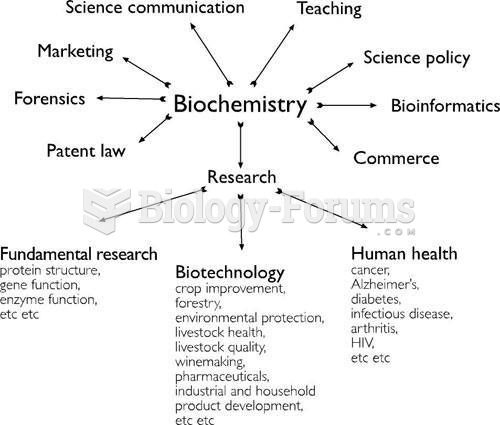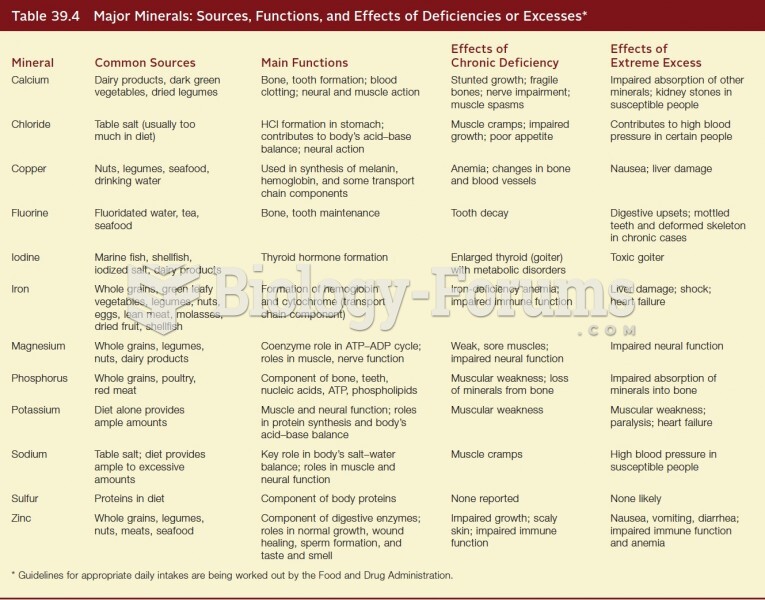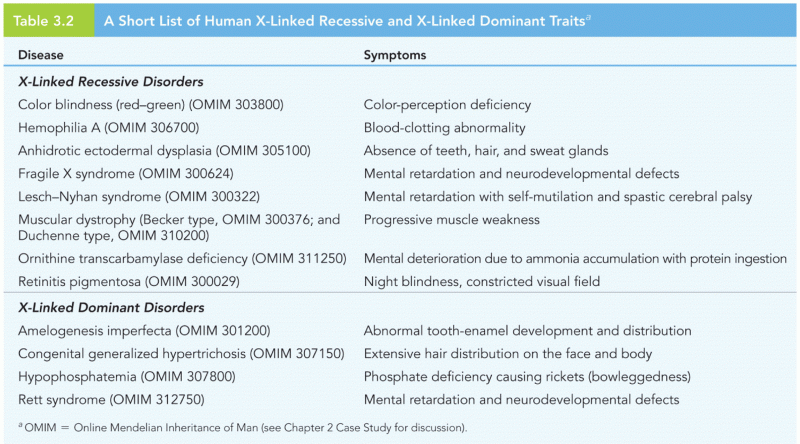Answer to Question 1OSHA's Voluntary Protection Programs (VPPs) serve the following basic purposes:
To recognize companies that have incorporated safety and health programs into their overall management system
To motivate companies to incorporate health and safety programs into their overall management system
To promote positive, cooperative relationships among employers, employees, and OSHA
OSHA currently operates three programs under the VPP umbrella. These programs are discussed in the following paragraphs.
Star Program
The Star Program recognizes companies that have incorporated safety and health into their regular management system so successfully that their injury rates are below the national average for their industry. This is OSHA's most strenuous program. To be part of the Star Program, a company must demonstrate
Management commitment
Employee participation
An excellent work-site analysis program
A hazard prevention and control program
A comprehensive safety and health training program
Merit Program
The Merit Program is less strenuous than the Star Program. It is seen as a stepping stone to recognize companies that have made a good start toward Star Program recognition. OSHA works with such companies to help them take the next step and achieve Star Program recognition.
Demonstration Program
The Department of Labor describes the Demonstration Program as follows: for companies that provide Star-quality worker protection in industries where certain Star requirements can be changed to include these companies as Star participants.14
Companies participating in any of the VPPs are exempt from regular programmed OSHA inspections. However, employee complaints, accidents that result in serious injury, or major chemical releases will be handled according to routine enforcement procedures.
Answer to Question 2Key issues relating to Subpart C are as follows: 1) Does the company have an accident prevention program in place?; 2) Does the company conduct safety and health training programs for its workers?; 3) Does the company maintain comprehensive accurate records of accidents, injuries, exposures, and corresponding medical treatments?; 4) Is first aid and medical treatment readily available at all job sites?; 5) Is adequate fire protection equipment available at all job sites?; 6) Is proper housekeeping ensured at all job sites?; 7) Is adequate illumination provided where needed?;

Are sanitation needs adequately provided for at all job sites?; 9) Is the necessary personal protective equipment provided and properly used?; 10) Are all exits properly marked and accessible?; and 11) Does the company maintain a comprehensive emergency action plan?
Answer to Question 3Masonry blocks stacked higher than six feet should be tapered back one-half block per tier above the six-foot level.







